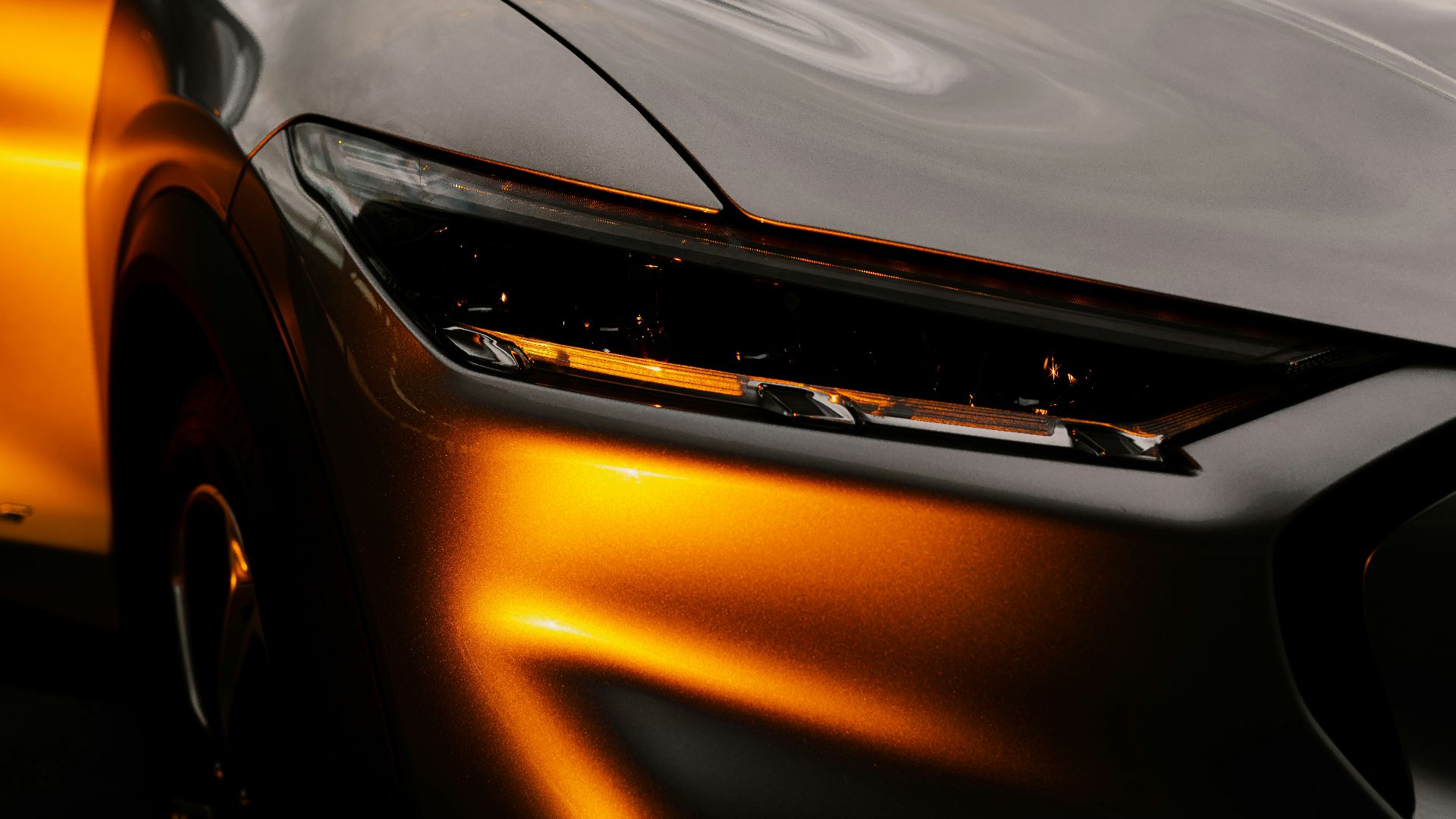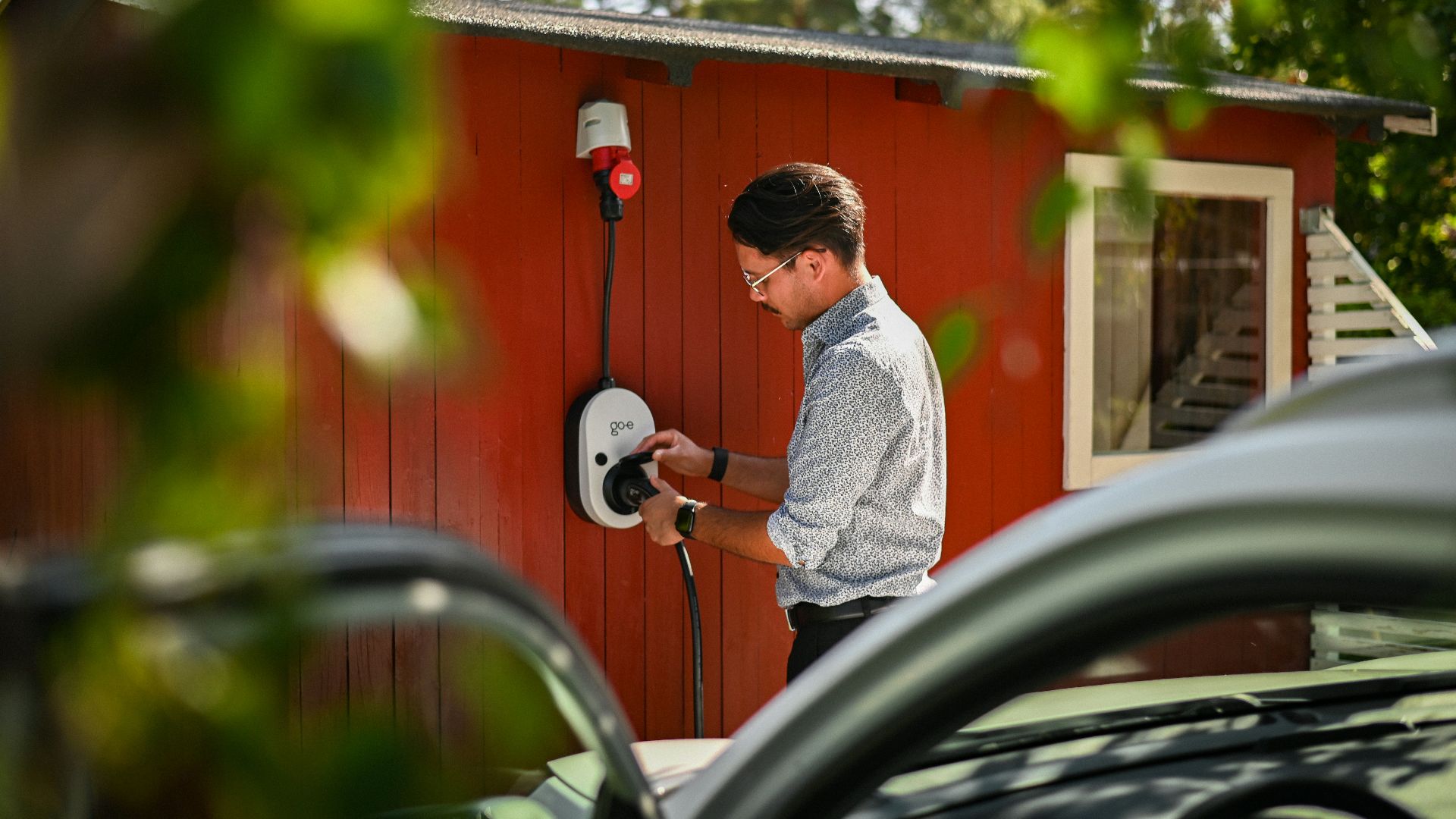The European Commission rarely announces anything without a string of technical documents attached, but this one felt almost practical and to the point. They’re creating a new regulatory category for budget-friendly electric vehicles. These EVs will have modest urban ranges and smaller batteries; they’ll have intentionally simple, no-frills interiors reminiscent of early 2000s compact hatchbacks, favoring manual controls and durable materials rather than luxury features.
They’ll be kind of EVs that don’t pretend to be luxury spaceships with wheels. Just transport, at a price that doesn’t make people wince. It’s a response to a market that keeps drifting upward, with family cars suddenly costing as much as a kitchen remodel.
Somewhere between all the subsidy debates and battery-supply forecasts, someone in Brussels finally said the quiet part out loud: affordability matters. A lot. More than range bragging rights or dashboard screens the size of televisions.
A Category Built for Simplicity
The proposal revolves around carving out a class for low-cost EVs that prioritize practicality over performance. These cars won’t necessarily be slow, but they’ll be modest. Think manual seats, sturdy plastics in place of soft-touch leathers, or wood trim—maybe a cloth dashboard panel if the designers are feeling bold.
This makes sense in cities where parking feels like competitive sport. A compact footprint means fewer headaches, while lower battery capacity means less weight, which sometimes gets lost in the EV conversation even though energy density still has limits.
A Push to Boost Domestic Manufacturing
 ALEXANDRE LALLEMAND on Unsplash
ALEXANDRE LALLEMAND on Unsplash
There’s also a quiet industrial logic here. The Commission isn’t shy about wanting Europe to stay competitive as waves of inexpensive models from abroad arrive. Creating a dedicated category creates room for local manufacturers to play in the budget sandbox without being judged by the same metrics as higher-end models.
We’ve seen this same strategy play out before with scooters, quadricycles, and even mopeds that zipped through narrow streets long before EVs were part of the conversation. People loved these options because they were cheap and pragmatically efficient, not because they won range tests.
The Urban Mobility Angle
Cities, too, seem ready for a category between e-bikes and full-size EVs. Across Europe, there are historical neighborhoods where cars can barely squeeze past each other, and you can hear mirrors brushing walls on tight turns. A compact-class EV quite literally fits better.
Plus, charging something with a small battery is easier. A few hours on a modest home charger, and you’re set for the week. There’s no need to hunt around for high-speed stations on highway truck stops. It’s the sort of convenience that makes EV life feel normal rather than aspirational.
Consumers Want Price Relief
This new category taps into a sentiment that’s been quietly growing quietly among consumers who are tired of EVs being treated like premium gadgets for the upper members of society. Families want transportation that doesn’t require a loan cosigner. College students want a car that survives parking garages without tears. And retirees, especially, appreciate vehicles that are light, predictable, and cheap to maintain.
There’s already talk among drivers that a simple €15,000 EV—nothing fancy—would fly off lots. Some folks even reminisce about early generation compact models of EVs like the Nissan Leaf that rattled a bit but ran forever. They want those nostalgic models given a second life.
What Comes Next
The Commission says drafts will be shaped with industry input, which usually means long meetings, a great deal of bureaucratic posturing, and arguments about battery thresholds measured in kilowatt-hours. Now that the idea has landed, it needs only to gain momentum.
And maybe, just maybe, this will usher in a wave of unpretentious EVs that feel closer to the cars many of us grew up with—functional, low-stress, and small enough to parallel-park without sweating through your shirt.









